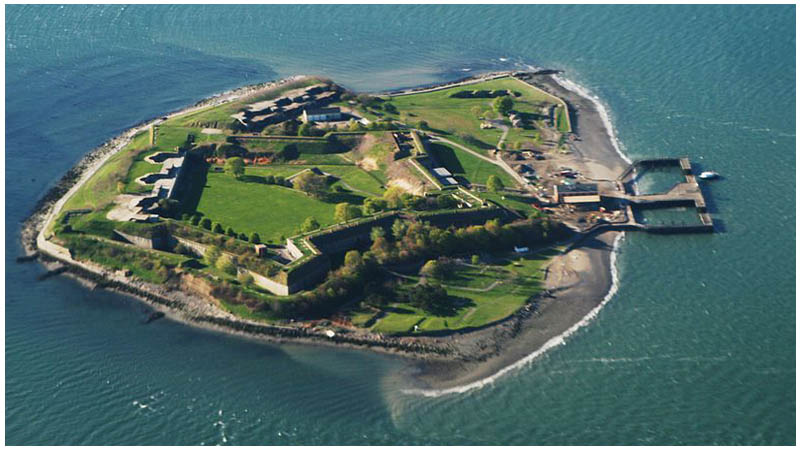Standing between two-plus meters of thick walls can mean the difference between life and death. People historically built fortresses and castles to protect themselves from enemies and invaders; from wooden Motte and Bailey Castles to reinforced-concrete forts, designs have become more complex, for the rules of war have changed.
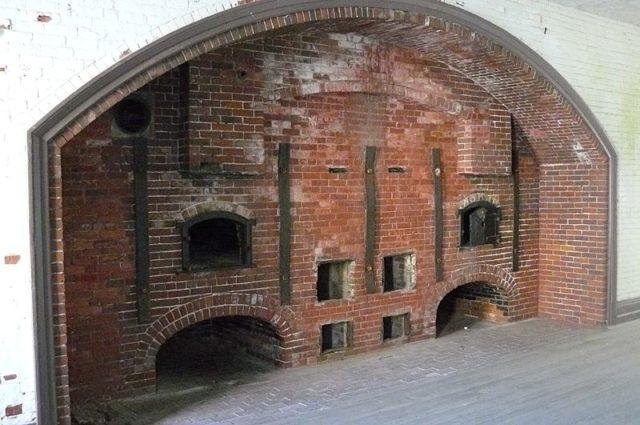
Among the many forts in the world is one that stands on top of Georges Island in Massachusetts. The island itself is part of the Boston Harbour, no more than 7 miles from the Boston’s downtown. On top of the island stands a fort made of granite and stone.
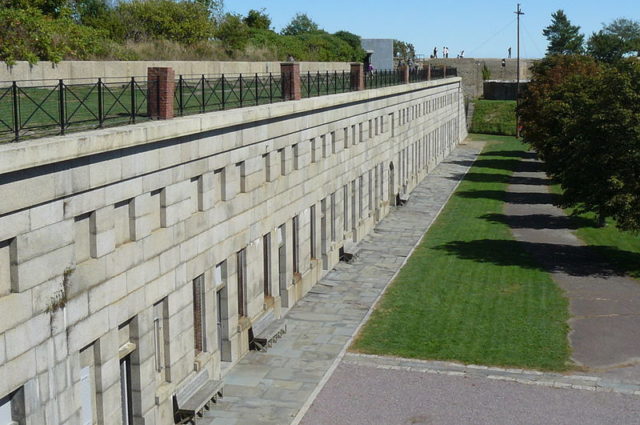
Constructed for 28 years, from 1833 to 1861 – the same year when the American Civil War began – this fort was named Fort Warren. Once completed, it became part of the coastal defense of the United States. The man in charge of the design was the Army engineer Colonel Sylvanus Thayer also known under the moniker of the Father of West Point.
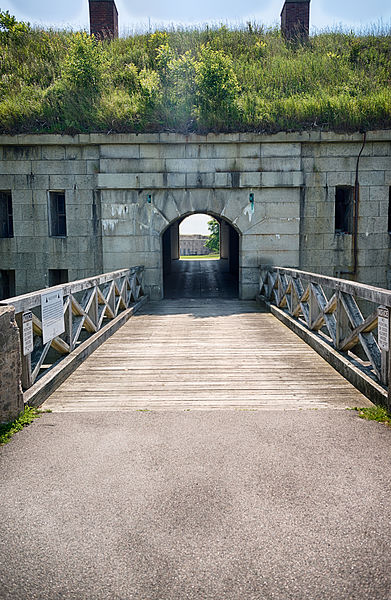
By size, this fort is the fifth largest in a pool of 42 that formed part of the aforementioned system. Its shape is pentagonal though irregular, for the island’s terrain doesn’t allow for a perfect shape. And when it comes to the design, it was developed with efficiency in mind for this fort was capable of holding up to 200 large-caliber guns; during the American Civil War, the fort was equipped with the Rodman gun, a celebrity weapon of that period.
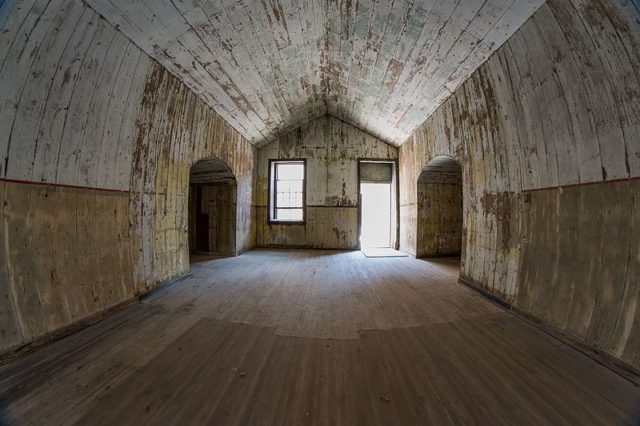
Part of the fort was also used as a prison where a number of Confederate soldiers were locked, as were a number of political prisoners. The most famous among the prisoners were James Murray Mason, a US Senator from Virginia and the successful American businessman John Slidell.
Even the Vice President of the Confederate States, Alexander H. Stephens, was imprisoned in this fort. Of the thousands of Confederate soldiers that were locked in here, only thirteen died; at one point in this fort’s history, there was a memorial dedicated to the 13 Confederate soldiers erected by the United Daughters of the Confederacy that was removed by Governor Charlie Baker in 2017.
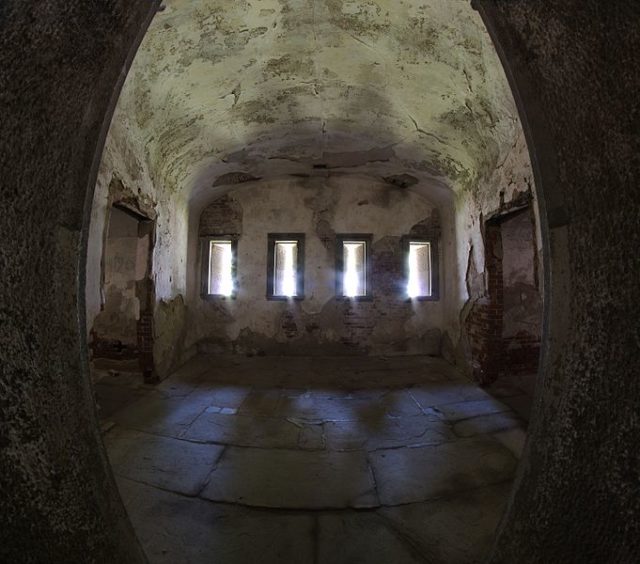
But unlike a number of prisons of that period, this one had a reputation for treating its inmates fairly and humanely. The Confederate soldiers were grateful for the way they were treated and even gave a letter to Lieutenant Justin E. Dimick’s son that would ensure he received fair treatment should he fall into enemy’s hands.
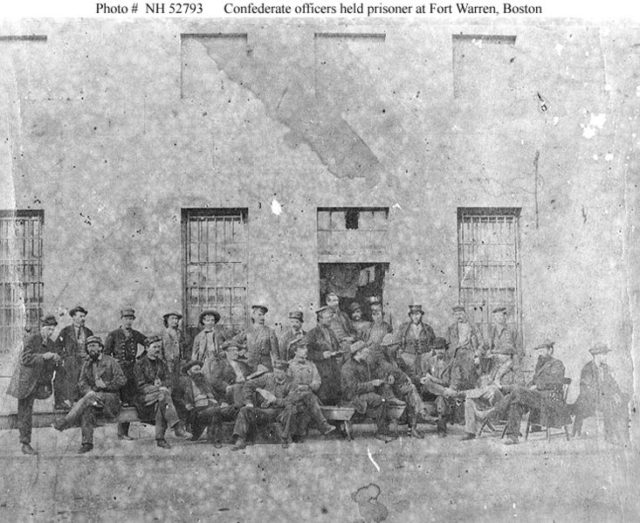
But the American Civil War is not the only period when this fort was used, for it was fairly active during the two World Wars. For instance, during the Second World War, the fort was used as a center for the Boston Harbor south minefield, a control center that was formed as a precaution against the German U-boats.
For two years, from 1942 to 1944, Fort Warren’s guns were slowly moved for they were needed elsewhere. And once the Second World War was over, there was no need for this fort and it was therefore decommissioned in 1950. During this period, part of the Battery Bartlett had to be demolished in order to make way for the new access road.
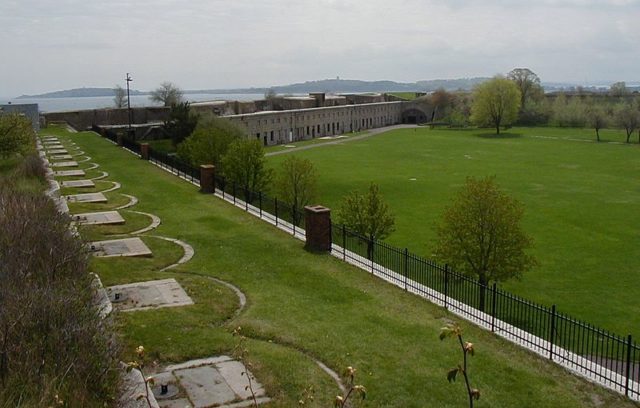
Years later the fort was renovated and in 1961 it was opened to the general public. Nowadays, the Department of Conservation and Recreation is responsible for the maintenance of Fort Warren that today is part of the Boston Harbor Islands National Recreation Area.
